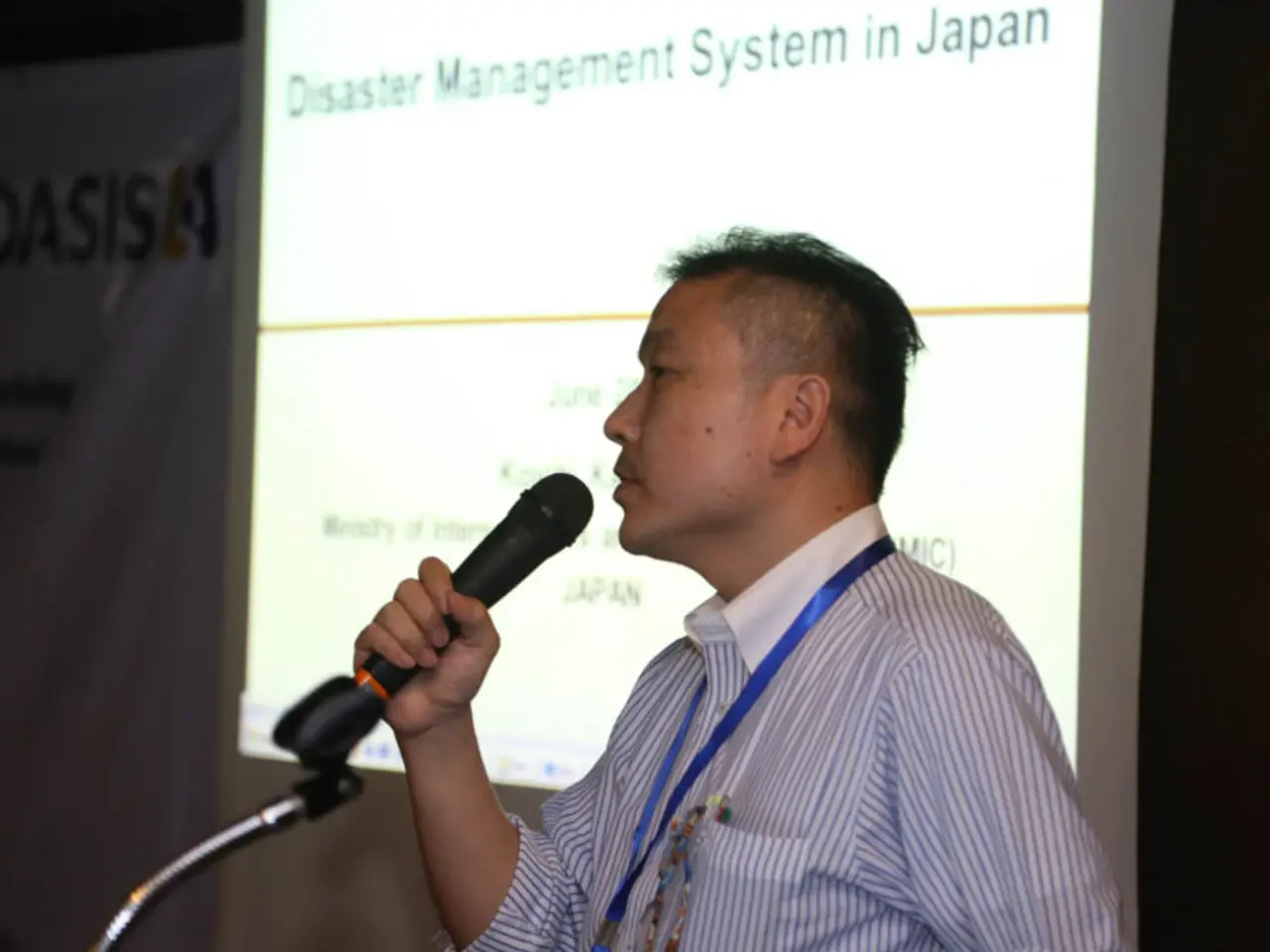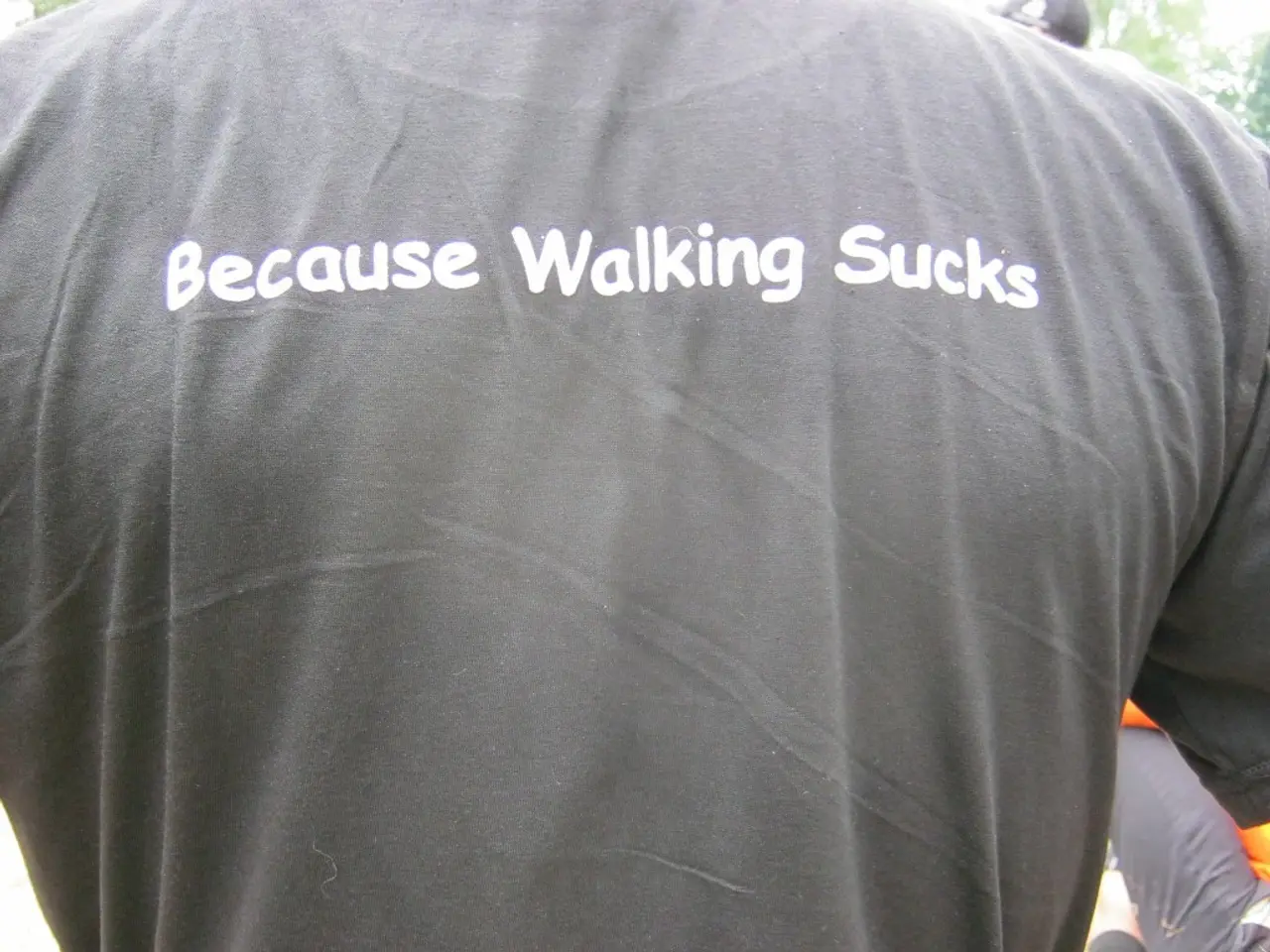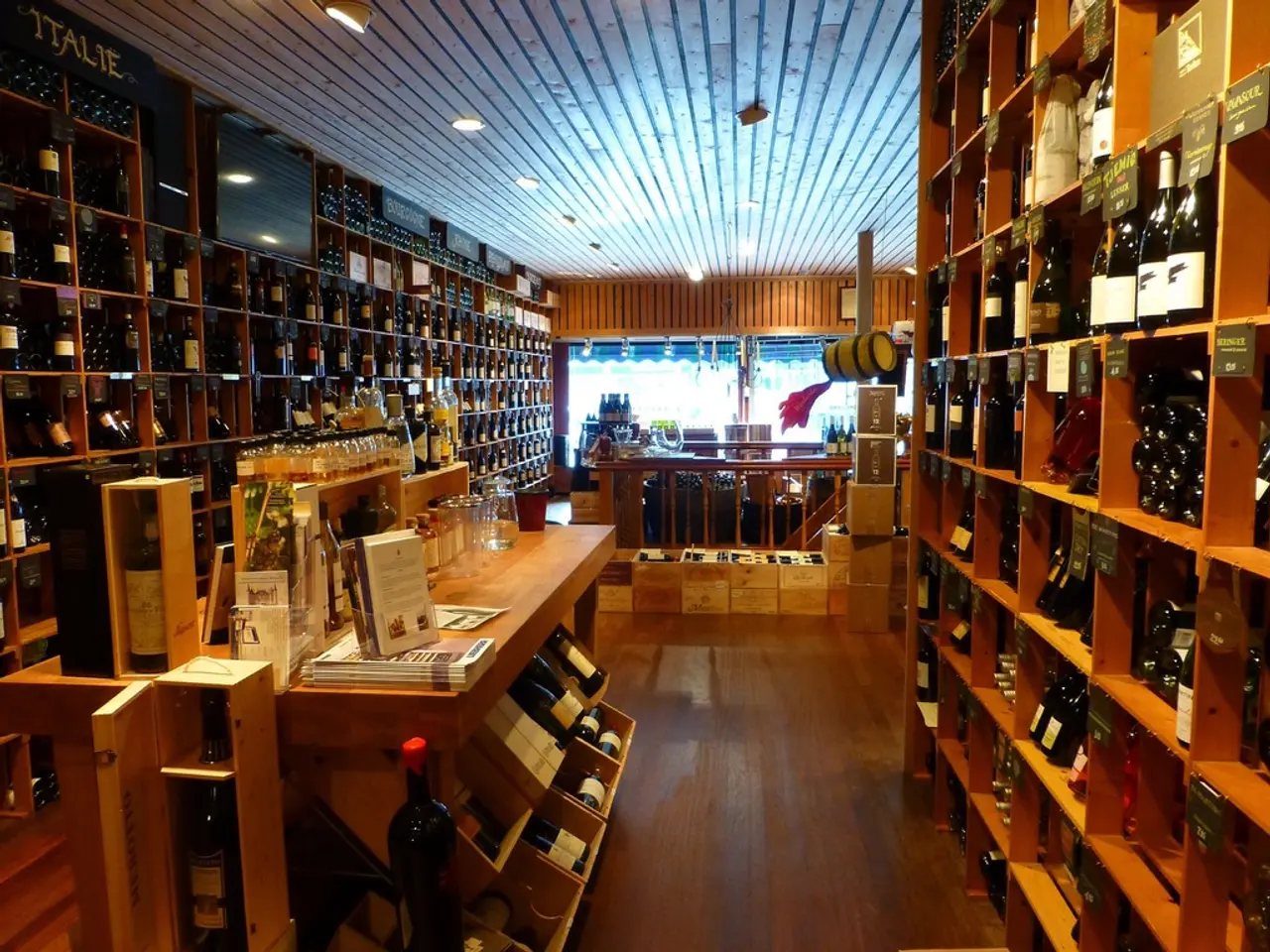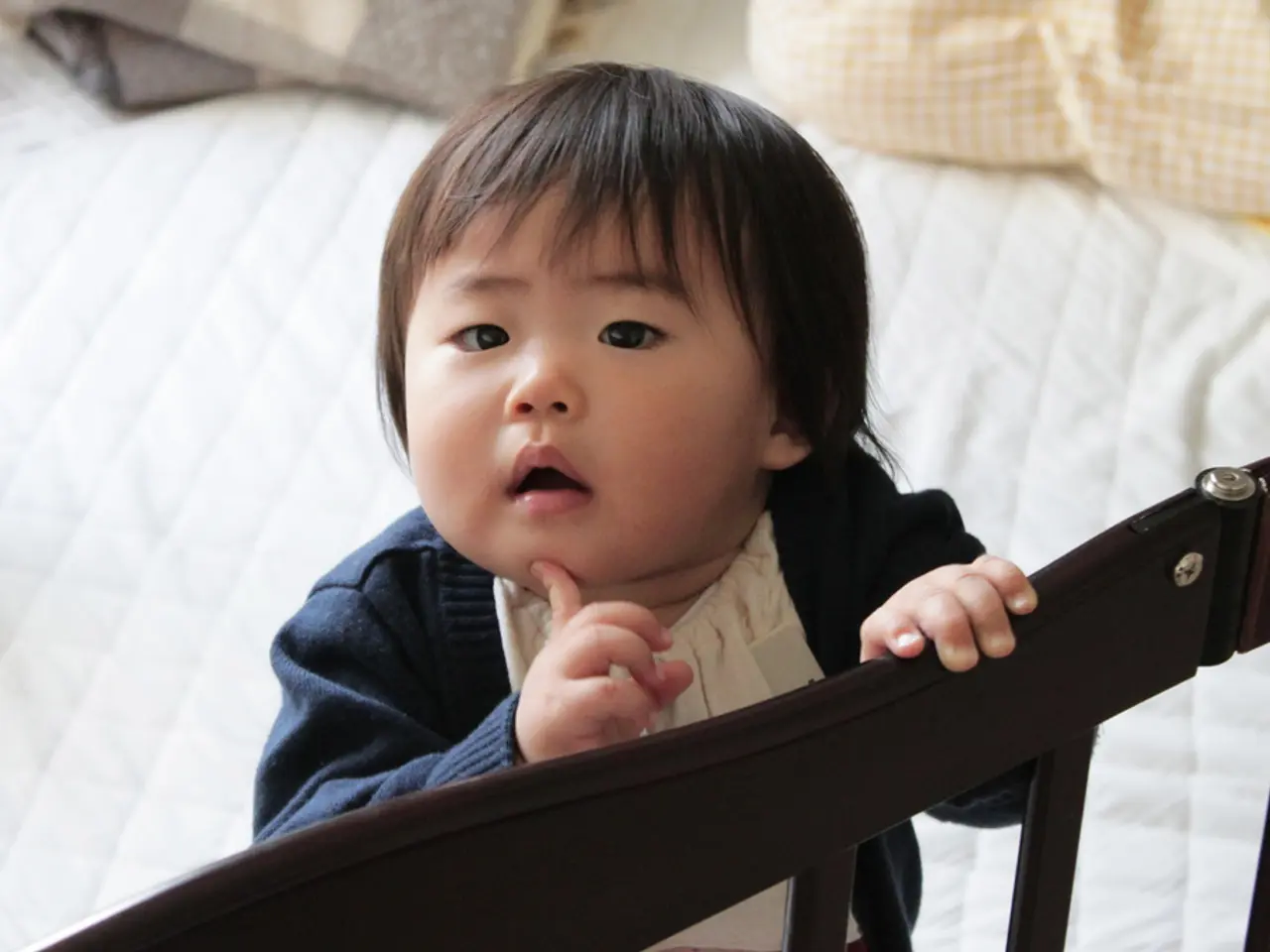Ongoing pursuit for missing individuals persists on a nearby island, 80 years following the atomic bombing in Hiroshima
In the aftermath of the devastating atomic bombing of Hiroshima on August 6, 1945, a small island south of the city, Ninoshima, became a crucial site for treating survivors and managing the dead[1][2].
Thousands of wounded people were ferried by boat to Ninoshima’s quarantine center and makeshift field hospitals, set up urgently to provide first aid under extremely harsh conditions[1][2]. Eiko Gishi, an 18-year-old boat trainee, oversaw carrying patients from the pier to the quarantine area for first aid[2]. Due to the overwhelming number of casualties and limited facilities, many patients died soon after arrival, and Imperial Army personnel struggled to keep up with cremations and burials[2].
Initially handling bodies individually, they were soon forced to use an incinerator intended for military horses and eventually resorted to burying some remains in bomb shelters and burial mounds due to lack of space[2]. Within two hours of the blast, victims began arriving by boat from Hiroshima at Ninoshima's No. 2 quarantine center[3]. Many of the victims had their clothes burned off and their flesh hung from their faces and limbs[3].
By August 25, only a few hundred survivors remained on the island; most victims had been hastily buried in unmarked graves[1]. In the decades since, efforts to search for and honor the victims on Ninoshima have continued. Kazuo Miyazaki, a Ninoshima-born historian and guide, lost relatives in the atomic bombing and has heard first-person stories about what happened on the island[4].
Since 2018, Hiroshima University researcher Rebun Kayo has conducted excavations on the island, uncovering approximately 100 bone fragments, including some believed to belong to child victims[1]. Spiritual offerings have been planted at sites of mass burials, and survivors like Tamiko Sora receive recovered remains for prayer, seeking closure for families and the community[1].
Sora, an atomic bomb survivor, traveled to Ninoshima twice to pray at a cenotaph commemorating the dead[5]. When shown bone fragments found on Ninoshima, Sora prayed in silence while looking at the bones and spoke to them, saying "I'm so happy you were finally found. Welcome back."[5]
Decades later, people in the area are still looking for the remains of the missing victims. Researcher Kayo regularly visits Ninoshima to search for remains, and has found about 100 bone fragments, including skull pieces and an infant's jaw bone with little teeth attached[1]. The U.S. atomic attack on Hiroshima instantly destroyed the city and killed tens of thousands near the hypocenter[6]. The grim chapter on Ninoshima serves as a stark reminder of the horrors of that day and the ongoing search for healing and closure.
[1] https://www.nytimes.com/2019/08/05/world/asia/hiroshima-ninoshima-bombing-remains.html [2] https://www.bbc.com/news/world-asia-24515803 [3] https://www.washingtonpost.com/history/2015/08/06/hiroshima-ninoshima-island-became-a-grim-site-for-the-mass-burial-of-atomic-bomb-victims/ [4] https://www.japantimes.co.jp/news/2015/08/06/national/hiroshima-ninoshima-island-became-grim-site-mass-burial-atomic-bomb-victims/ [5] https://www.washingtonpost.com/history/2015/08/06/hiroshima-ninoshima-island-became-a-grim-site-for-the-mass-burial-of-atomic-bomb-victims/ [6] https://www.history.com/news/hiroshima-bombing-effects-atomic-bomb
- Due to the devastation of the atomic bombing of Hiroshima, Ninoshima Island became a site for both treating survivors and managing the dead, highlighting the interlink between health-and-wellness and war-and-conflicts.
- The search for remains of the bombing victims on Ninoshima is a part of general-news, as researchers like Hiroshima University's Rebun Kayo continue to excavate and uncover bone fragments, including those of child victims, adding a scientific aspect to the endeavor.
- The ongoing search for the remains of the bombing victims and the recovery of certain remains, such as skull pieces and an infant's jaw bone, underscores the gravity of the medical-conditions faced by the survivors and the toll the bombing had on the community.
- The discovery and recovery of bombing victims' remains, like the fragments found by researcher Kayo, have healing significance for survivors like Tamiko Sora, offering a symbiosis between the science of archaeology and the spiritual and emotional health-and-wellness needs of the community.




